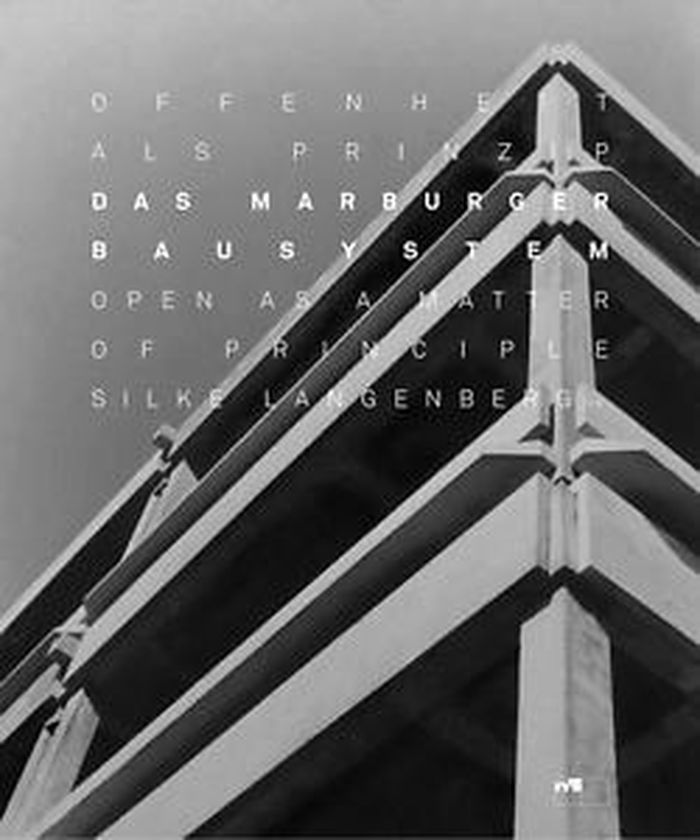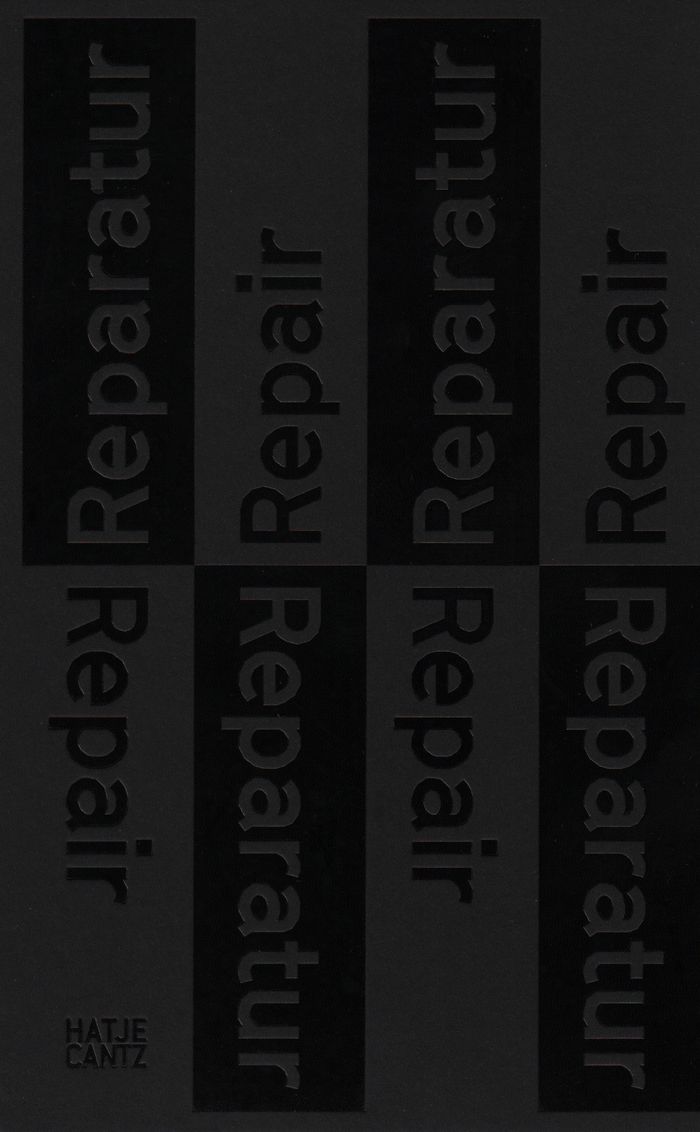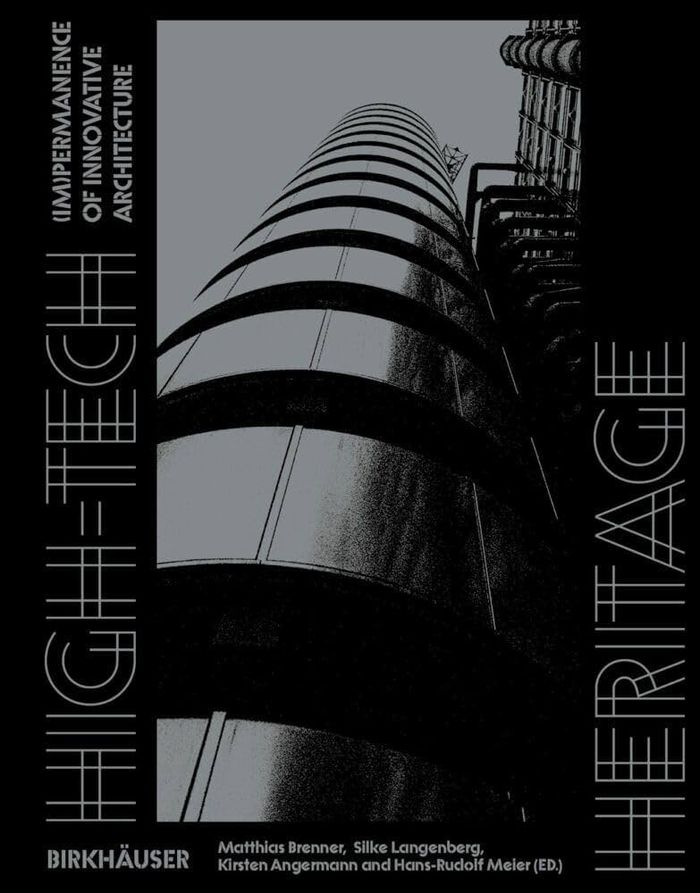$124.95
(available to order)
Summary:
The Marburg Building System has been one of the earliest, and is probably one of the internationally best known German building systems. Originally developed by Helmut Spieker for a diploma thesis on university construction at the University of Kiel, and modified for the expansion of the University of Karlsruhe, the construction system was for the first time fully(...)
The Marburg building system: open as a matter of principle
Actions:
Price:
$124.95
(available to order)
Summary:
The Marburg Building System has been one of the earliest, and is probably one of the internationally best known German building systems. Originally developed by Helmut Spieker for a diploma thesis on university construction at the University of Kiel, and modified for the expansion of the University of Karlsruhe, the construction system was for the first time fully realized in 1961/1962 on the Marburg Lahn Hills. It marks the beginning of a construction boom doubling the building stock of German universities.This publication aims at bringing the building system back to the attention of experts and fans of good architecture. The topic is all the more up-to-date as the University of Marburg was recently declared a building of historic interest and thus protected by built heritage conservation.
Engineering Structures
$110.00
(available to order)
Summary:
This volumes presents the relationship between design and making—and how it can be tightened, particularly through new digital design and fabrication tools. It emerges from the 2014 Fabricate conference and focuses on the question of if and how innovations in the area of digital-material collaboration could become relevant at a large scale.
Digital Architecture
August 2014
Fabricate: negotiating design and making
Actions:
Price:
$110.00
(available to order)
Summary:
This volumes presents the relationship between design and making—and how it can be tightened, particularly through new digital design and fabrication tools. It emerges from the 2014 Fabricate conference and focuses on the question of if and how innovations in the area of digital-material collaboration could become relevant at a large scale.
Digital Architecture
$53.95
(available to order)
Summary:
Arising from a course on repair at the Faculty of Architecture at the University of Applied Sciences in Munich, this book responds to our culture of disposability and built-in obsolescence, to encourage thinking and making, from product design to architecture.
Repair: encouragement to think and make
Actions:
Price:
$53.95
(available to order)
Summary:
Arising from a course on repair at the Faculty of Architecture at the University of Applied Sciences in Munich, this book responds to our culture of disposability and built-in obsolescence, to encourage thinking and making, from product design to architecture.
Design Theory
$105.00
(available in store)
Summary:
The high-tech architecture of the 1970s–1990s is typically characterized by the use and exhibition of advanced technologies. In terms of appearance, these buildings often have innovative façades, supporting structures accentuated in color, and expressively displayed technology systems. Unfortunately, however, the rapid obsolescence of technology has often led to the(...)
August 2024
High-tech heritage: (Im) permanence of innovative architecture
Actions:
Price:
$105.00
(available in store)
Summary:
The high-tech architecture of the 1970s–1990s is typically characterized by the use and exhibition of advanced technologies. In terms of appearance, these buildings often have innovative façades, supporting structures accentuated in color, and expressively displayed technology systems. Unfortunately, however, the rapid obsolescence of technology has often led to the complete replacement of the very systems that defined the architectural form. In 2023, an international conference at ETH Zurich in collaboration with Bauhaus-Universität Weimar explored the question of how best to deal with the structural legacy of technologically innovative architecture. This book summarizes the results and provides an overview of the current state of research.



